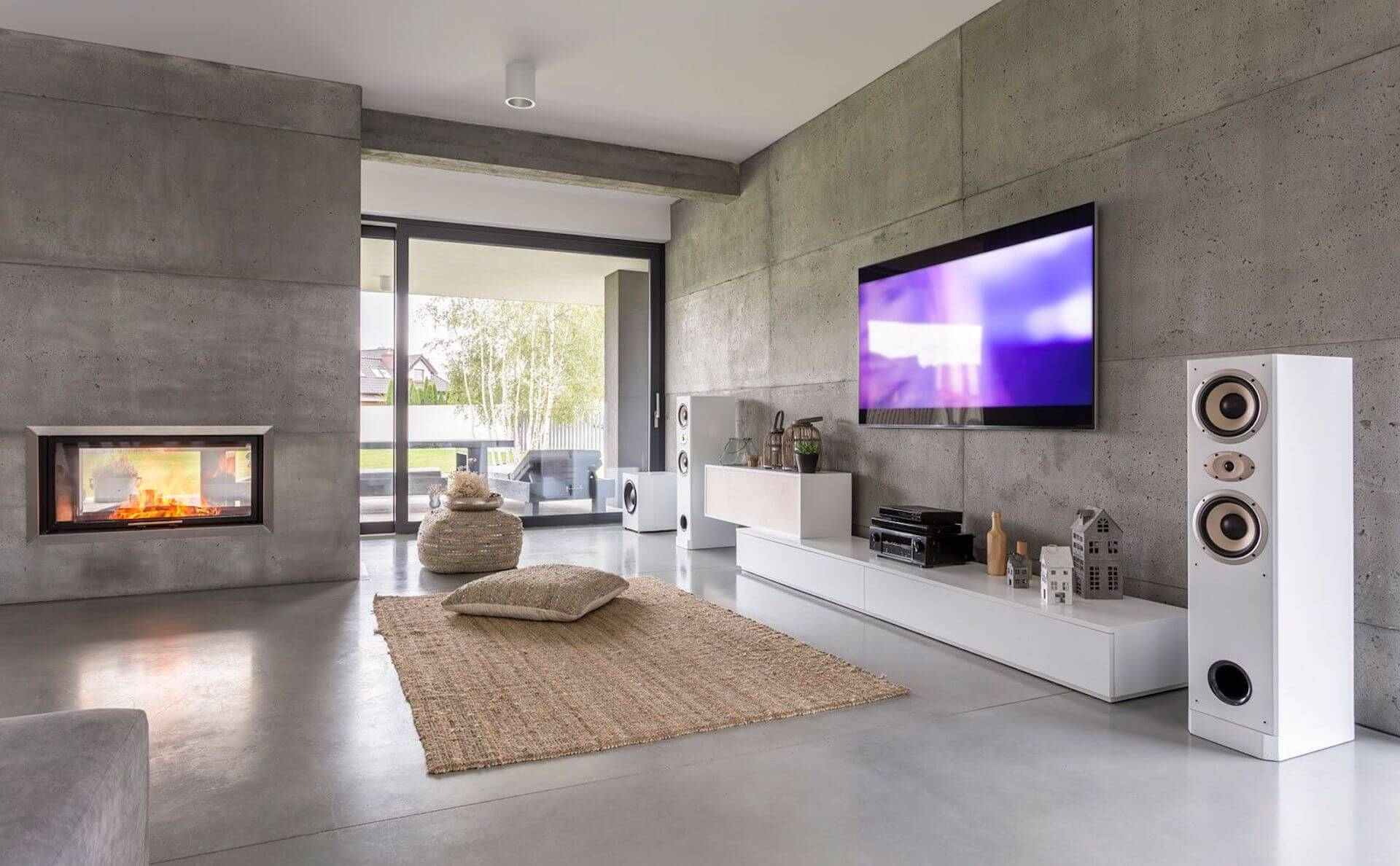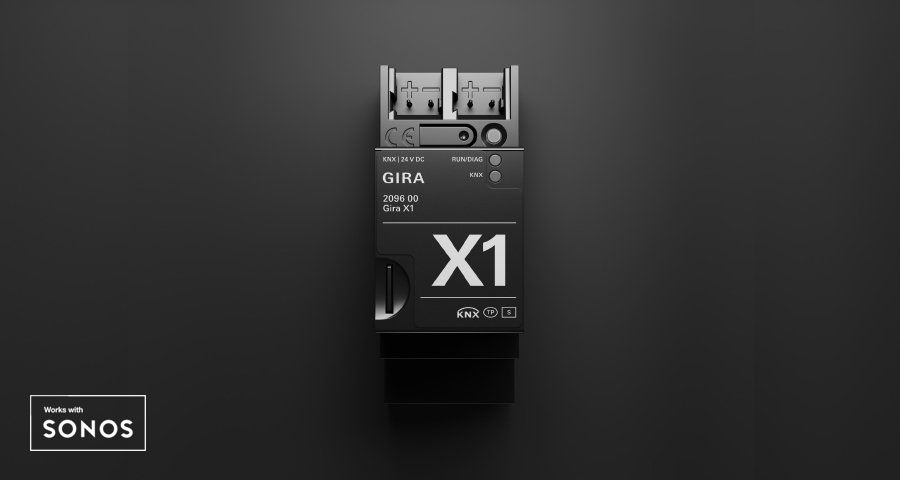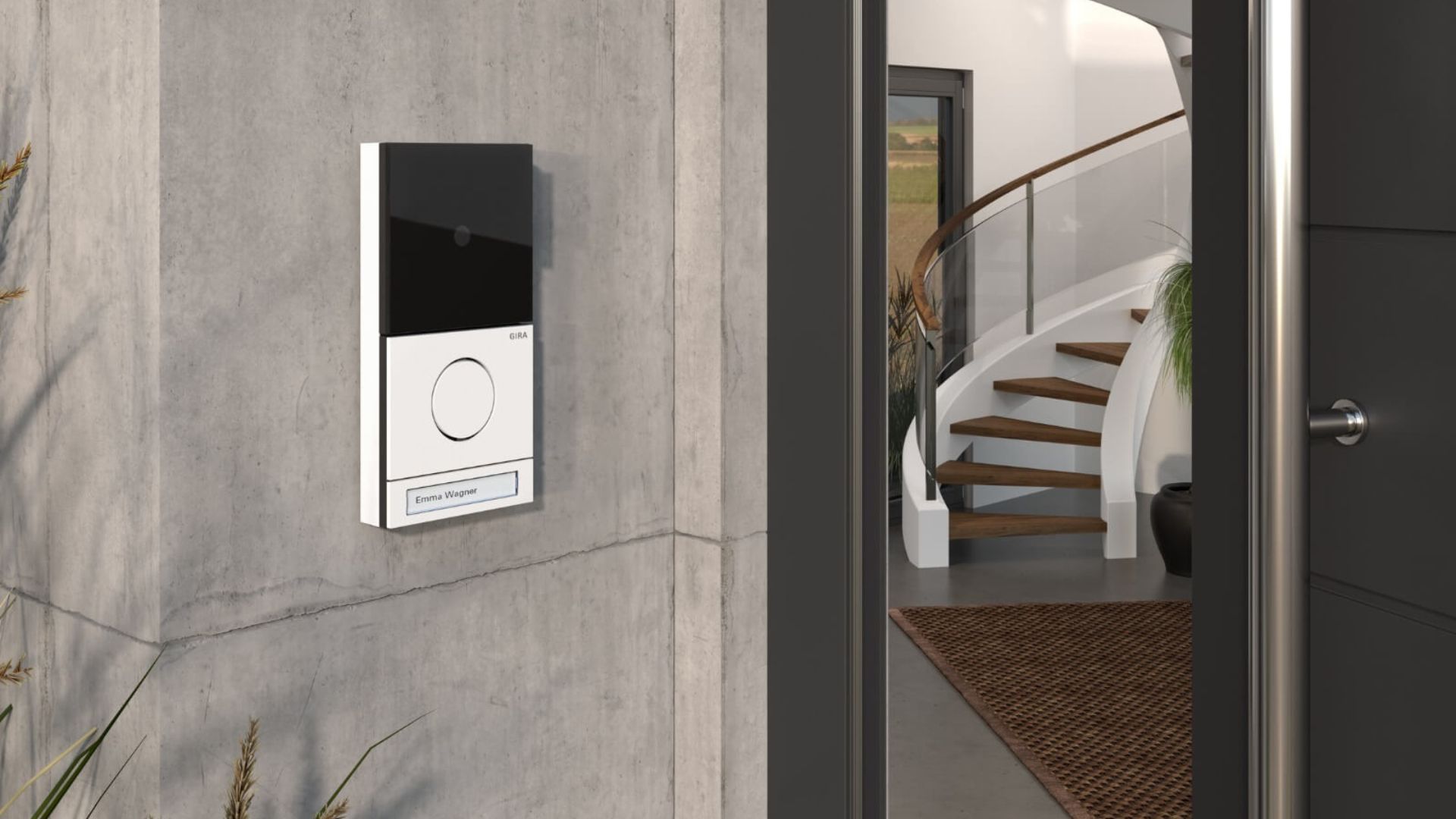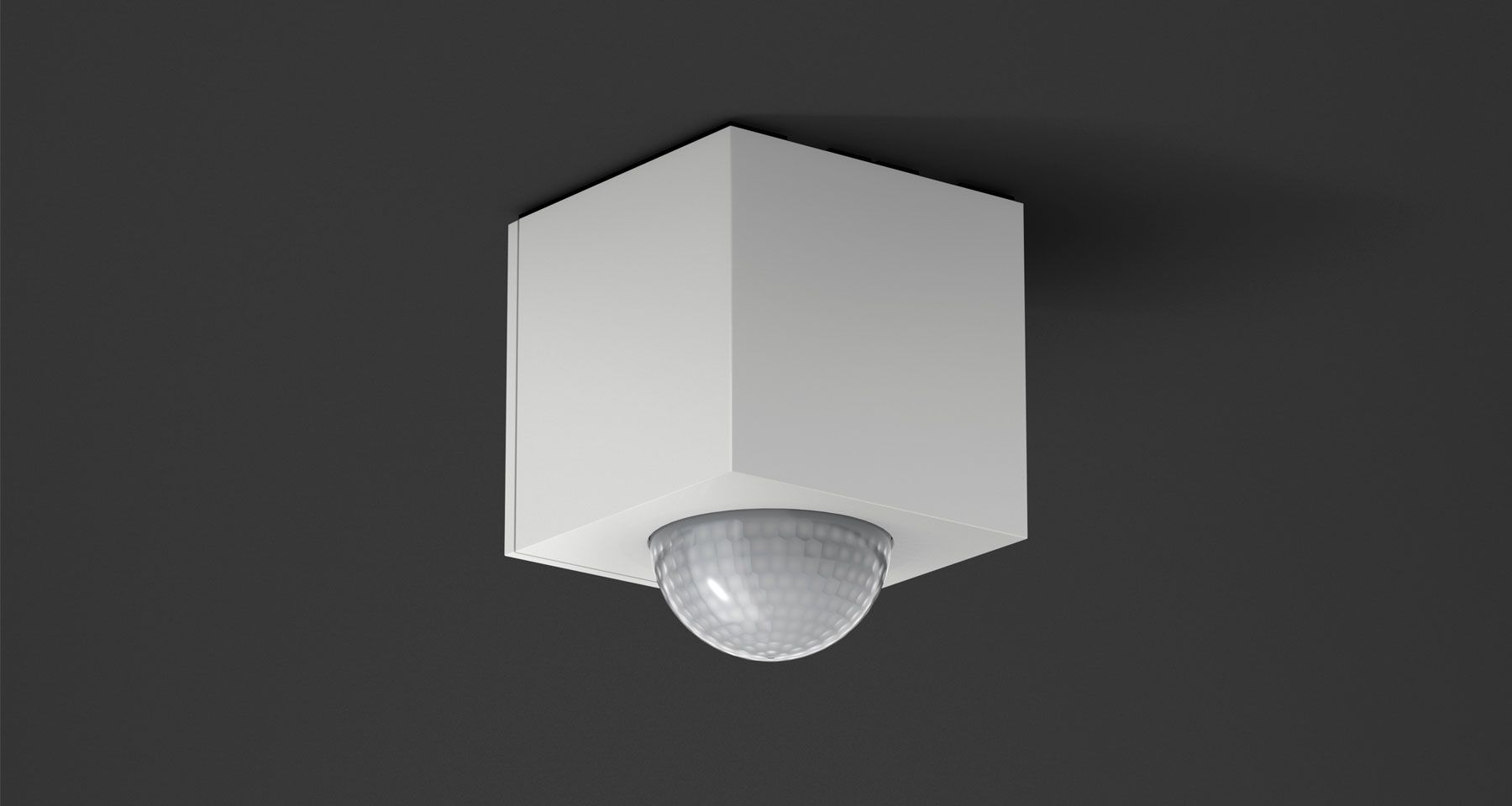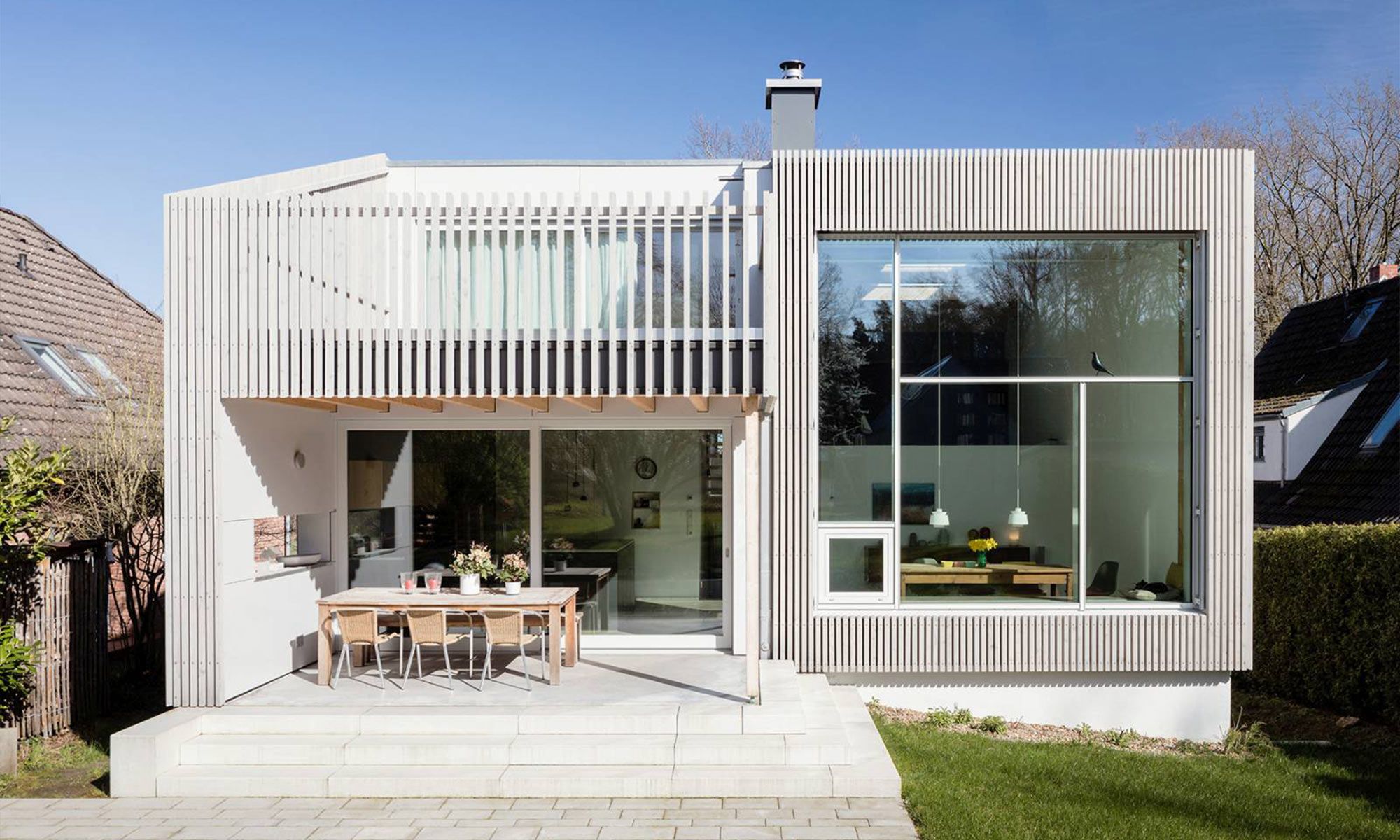
If you’re planning a new home from scratch, you won’t get far without the help of an expert. But how do you find someone who can turn your dream into reality at an affordable price? This article explains everything you need to know before hiring an architect – from choosing the right person to keeping the costs at bay.
While prefab houses are becoming more and more popular, not everyone wants to settle on a standardised solution. But building your very own home requires much more than a creative idea. Above all, you need a well thought-out plan that leaves no room for error at any stage of the process. That’s why hiring an architect is the first – and maybe most important – step you have to consider well in advance. Apart from developing your building design, they will also deal with bureaucratic issues and other contractors – so you can be sure that everything goes as planned.
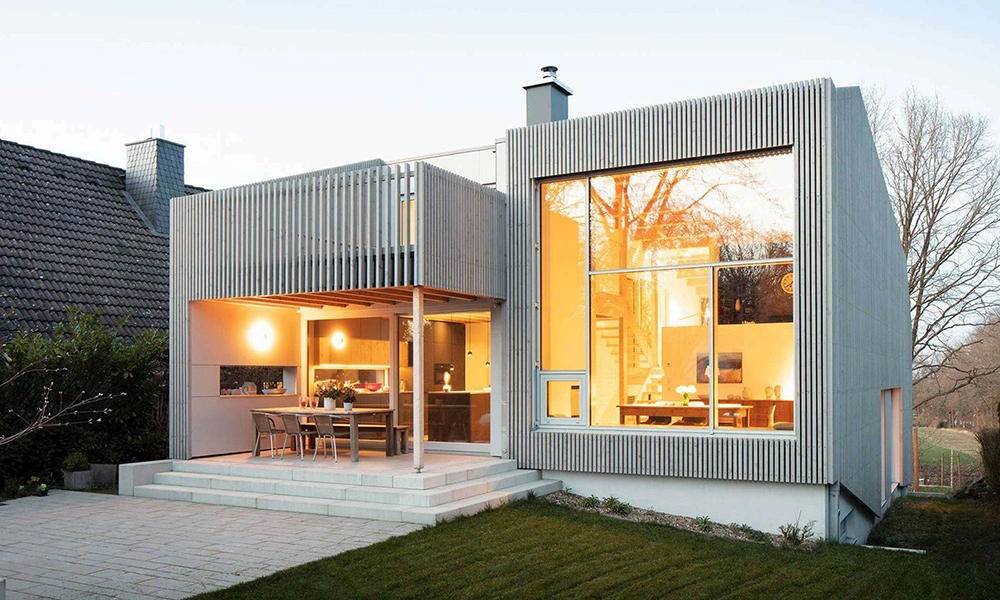
How to find a good architect in your area
In theory, any architect can draft any type of building. In reality though, each professional comes with their own skill set: a unique style, a special technique, or a preference for certain materials. You should therefore look out for someone who understands your individual needs and can turn your vague ideas into concrete drafts. If you’re still wondering how to choose an architect to hire for your project, there’s one rule of thumb you should always follow: listen to your gut feeling. In most cases, it only takes one call or meeting to check if you can connect on a personal level – and the first consultation is usually free of charge.
5 tips for hiring the right architect
Word-of-mouth referrals: ask friends, family, or neighbours whether they can recommend anyone they have previously worked with.
Online research: start with a simple Google entry such as ”hire architect in [your city or region]“. You should also check official databases with open access. In the UK, for example, any practicing architect must be registered with the Architects Registration Board.
Another idea that might sound unconventional but often proves successful: if you see a house in your neighbourhood that you really like, why not ring the doorbell and ask the owners who built it?
When you get in touch with an architect, take a look at other reference projects to see if their work fits your own vision.
By the way: you are only allowed to call yourself “architect“ if you have a university degree and several years of experience. Provided these criteria are met, you can then become a registered member of the responsible association in your country.
In case you want to plan a fully-fledged Smart Home, we’ve got some more expert advice. Julian Waning, a trained architect who manages the marketing of architectural references at Gira, strongly recommends consulting with a specialised electrician as well:
“We live in an increasingly digitised world, which affects all the technical components of a house. Architects can hardly keep up with the complexities of these ever-evolving networks. That’s why future home owners should include a senior electrician or a system integrator early on in the process.”
What are the costs of hiring an architect?
Once you have found someone that meets both your personal and professional expectations, it’s time to talk numbers. You should at least calculate a rough estimate in the beginning to ensure you won’t go way over budget. Normally, the fee for a hired architect lies somewhere between 10 and 15 percent of your creditable construction costs. These costs do not include additional expenses for:
property development
land transfer taxes
notary fees
energy consultants or structural engineers
Overall, it’s safe to say: the more complex your project, the more expensive your architect. If possible, try and gather several offers to see if one competitor might charge you less for the same amount of work than the other. However – going for what seems to be the “cheapest” option at first glance does not always turn out well. As Julian Waning notes, “unexperienced builders oftentimes assume that they will save money without hiring an architect. Ironically though, the main purpose of an architect is to oversee the whole process and ensure that every contractor completes their work in due time and bills you correctly. Otherwise, you will soon spend a lot more than you initially intended.”
Our tip: Be transparent about your budget and ask for a contractual agreement with a clear upper limit before hiring an architect.
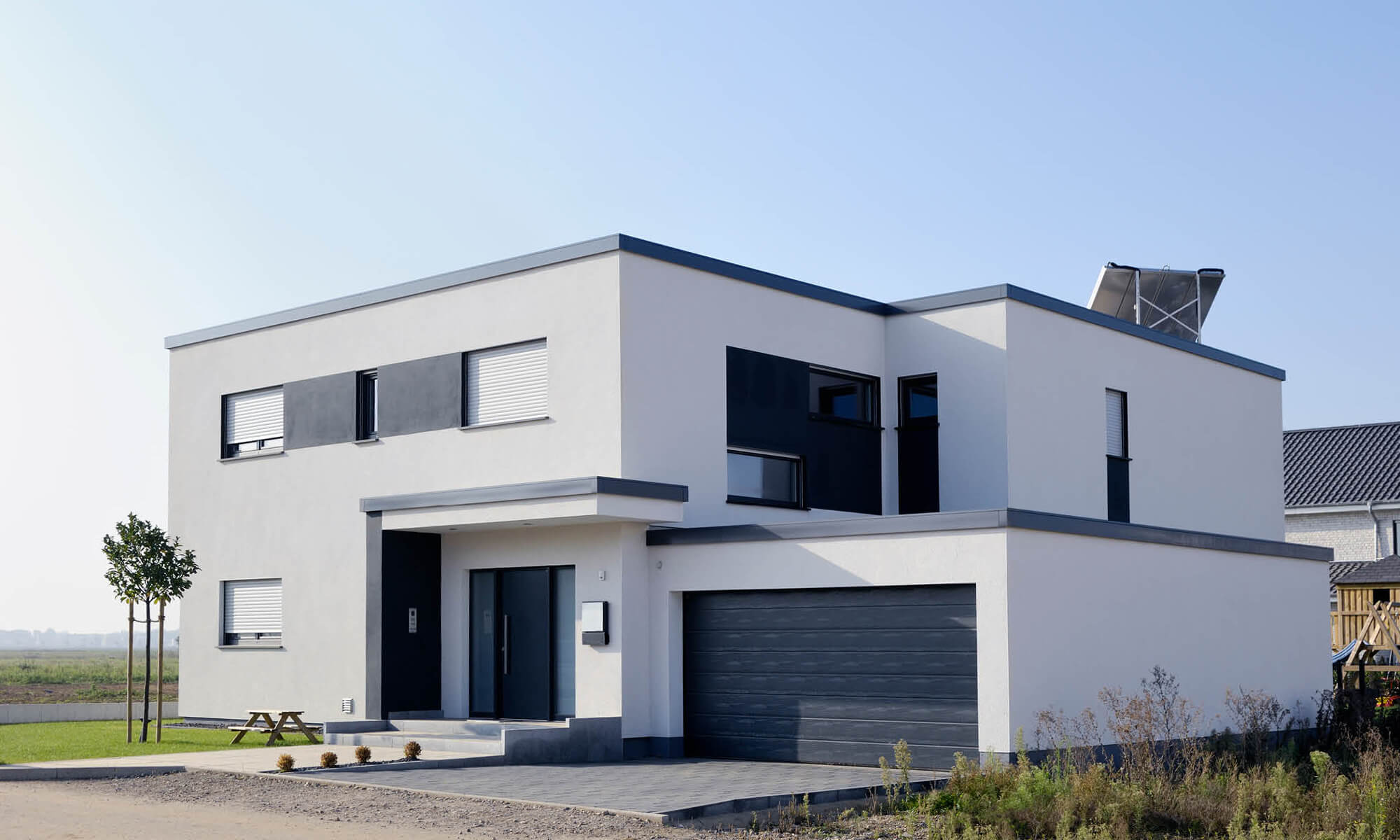
What does an architect do during your project?
From an architectural perspective, building a house consists of nine phases which are accounted for separately. You can either award a contract for all phases or certain parts of them, depending on your individual situation.
From an architectural perspective, building a house consists of nine phases which are accounted for separately. You can either award a contract for all phases or certain parts of them, depending on your individual situation.
Basic evaluation: this may include services such as inspecting your property, discussing your needs and budget limits, and studying blueprints. Approximate costs: 2 percent of the entire fee.
Preliminary planning: the architect calculates all expenses to check if your requirements can be met within your budget. Approximate costs: 7 percent of the entire fee.
Design planning: you will receive a first draft for the house, along with a price estimate. Approximate costs: 15 percent of the entire fee.
Approval planning: your hired architect is in charge of submitting paperwork to apply for a permit at your municipality. If your plans are not approved the first time around, they must be adjusted accordingly. Approximate costs: 3 percent of the entire fee.
Executive planning: the architect works out all the details that the commissioned contractors need to complete their work. Approximate costs: 25 percent of the entire fee.
Preparing assignments: the architect looks for available companies of all crafts involved and draws up the contracts. This includes masons, carpenters, roofers, painters, plumbers, and electricians. Approximate costs: 10 percent of the entire fee.
Overseeing assignments: the requirements for all commissioned contractors are reviewed once again before the agreements are finalised. Approximate costs: 4 percent of the entire fee.
Supervision of the property: the hired architect monitors the construction on site, identifies and rectifies potential errors, and keeps an eye on the expenses for contractors and materials. Approximate costs: 32 percent of the entire fee.
Final documentation and corrective action: once the building process is finished, your house must be thoroughly checked and any remaining defects must be fixed. Approximate costs: 2 percent of the entire fee.
Our tip: To save some money, you can take over at least some of the work – laying the flooring, hanging wallpaper, or painting the walls, for example. You should however make sure that your participation won’t interfere with the timing of your other contractors. Also, keep in mind that claims for defects are only valid if they relate to a contractual agreement.
Benefits of hiring an architect
For those still pondering whether they should build a prefabricated or individually designed home, here’s an overview of the pros and cons:
For those still pondering whether they should build a prefabricated or individually designed home, here’s an overview of the pros and cons:
Working with an architect allows for maximum flexibility in term of size, materials, and interior layout. This proves especially convenient on properties with rather adverse conditions.
You will also have the opportunity to integrate innovative and sustainable production methods – e.g. constructing an entire house straight from the 3D printer. Julian Waning recognises the importance of environmentally friendly alternatives for the present and future: „Contemporary architects increasingly rely on materials that can be recycled and reused within our ecological system. The TECLA project is a great example: in Massa Lombarda, Italy, a team of architects built a 3D-printed house and used locally sourced clay for the exterior walls.”
Another benefit of hiring an architect that money can’t buy: you can save a lot of valuable time. While they oversee your construction site, correspond with contractors, and correct possible errors, you can focus on all the other responsibilities that come with building a home.
Despite all these perks, there are certain drawbacks you should think about. For one, planning a one-of-a-kind design takes much more time and effort than a standardised model. We therefore recommend factoring in a few extra months to ensure that all deadlines will be met – especially in terms of financing (rental fees for your current place of residence, pay-out of loans etc.).

By and large, hiring an architect will not always turn out more expensive than buying a prefab home. But you definitely should keep in mind that more creative freedom oftentimes equals higher fees. That’s why a setting a budget limit on a contractual basis is so important: it keeps your expenses in check and protects you from rude awakenings later on.
About the expert: as a trained architect, Julian Waning oversees the international marketing of architectural references at Gira.
